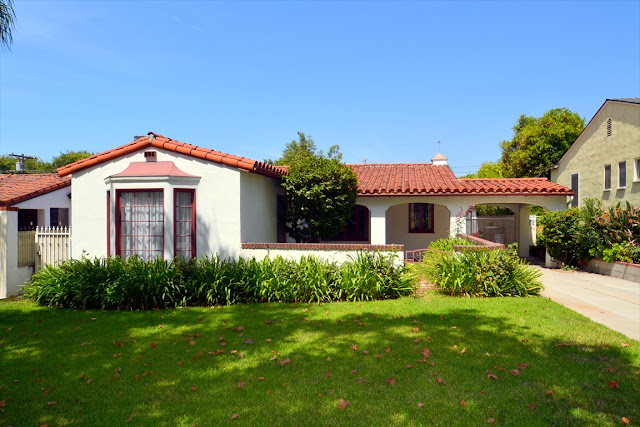Heritage And Urban DESIGN (The Future of The Past) Page 5
There are some buildings that are worthy of preservation for their own sakes, these may be celebratory and magnificent; rare and curious; commemorative and associative; exemplary and instructive or perhaps pleasing and picturesque. These are usually monuments in our cities, and ample evidence exists of preservation and conservation efforts for these kinds of buildings through history. As early as 1877, societies such as SPAB(Society for the Protection of Ancient Buildings) in England, have led these efforts. The manifesto of SPAB can be summed up in three basic tenets:
• We are custodians of the ancient buildings we have inherited. We should not regard ourselves as free to do as we please with them.
• Effective and honest repair should always be the first consicleration.
• We should do no more than prudence demands. In particular, we should not fall into the trap of allowing scholarly or artistic ambitions to dictate what is done.
The manifesto had another thought which was later withdrawn, namely, that it was better to raise a new building rather than enlarge or alter an old one which had become inconvenient for modern use. This was replaced by:
• Any permanently necessary new work should be clearly distinguishable from the old and should not reproduce any past style.
The aim of conservation is to retain or recover the cultural significance of a place and must include provision for its security, maintenance and future. The object of conservation is seldom to prevent all change, but rather to manage it positively. Policies must aim to keep the asset or area alive, yet ensure that any new development accords with its special interest.
Sustainability: Sustainability, a global issue of our time, is not yet so well-defined or covered by practical policies or guidance, but is readily integrated into both conservation and urban design. It is concerned with how we develop in this generation without taking from the next. Buildings which last and continue to be useful can bring economic benefits and act as an engine for regeneration. Conservation can thus be justified not only on environmental grounds, but also because it can create confidence and a climate in which economic activity can flourish.
(Continues...)




Comments
Post a Comment